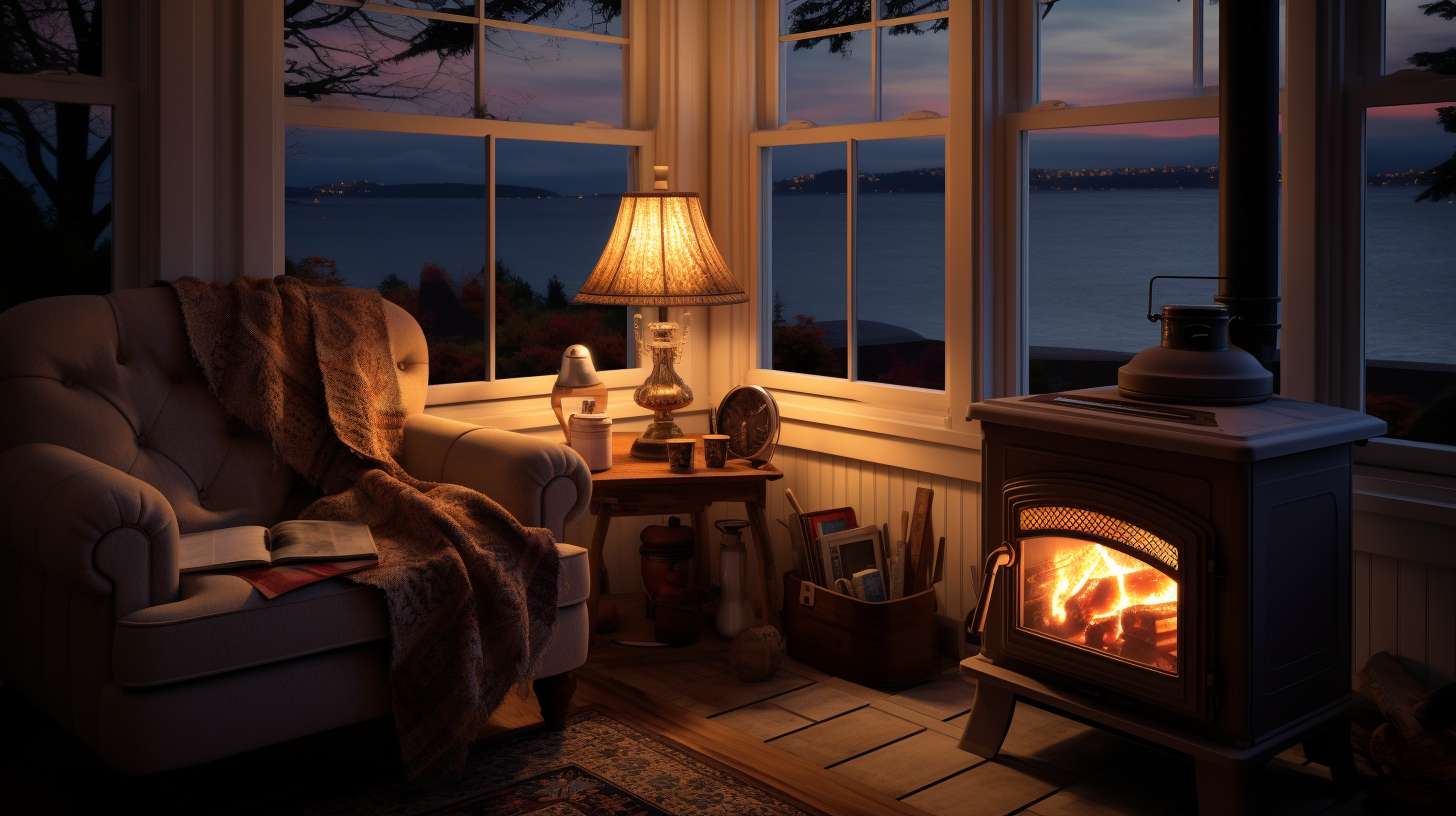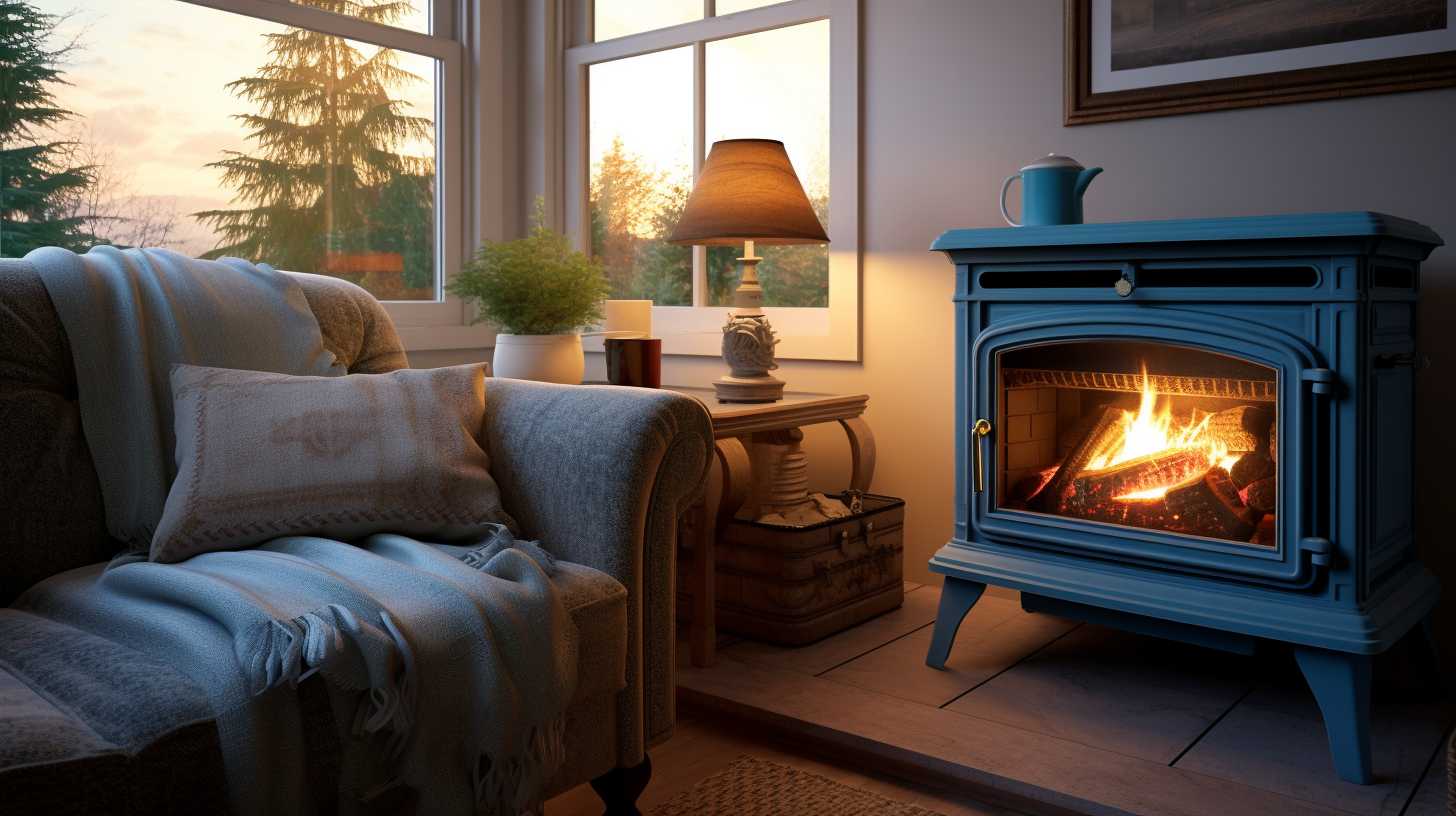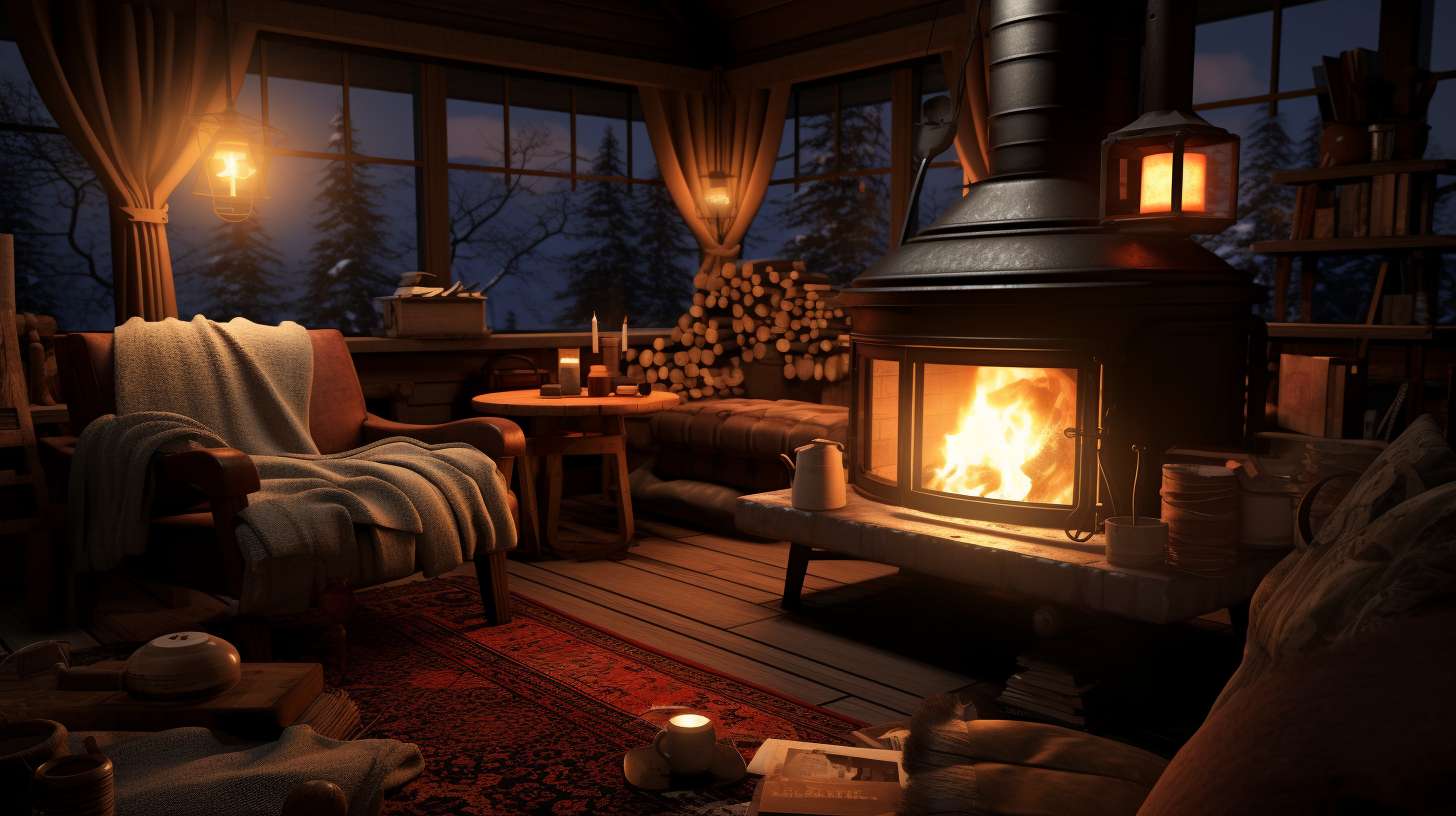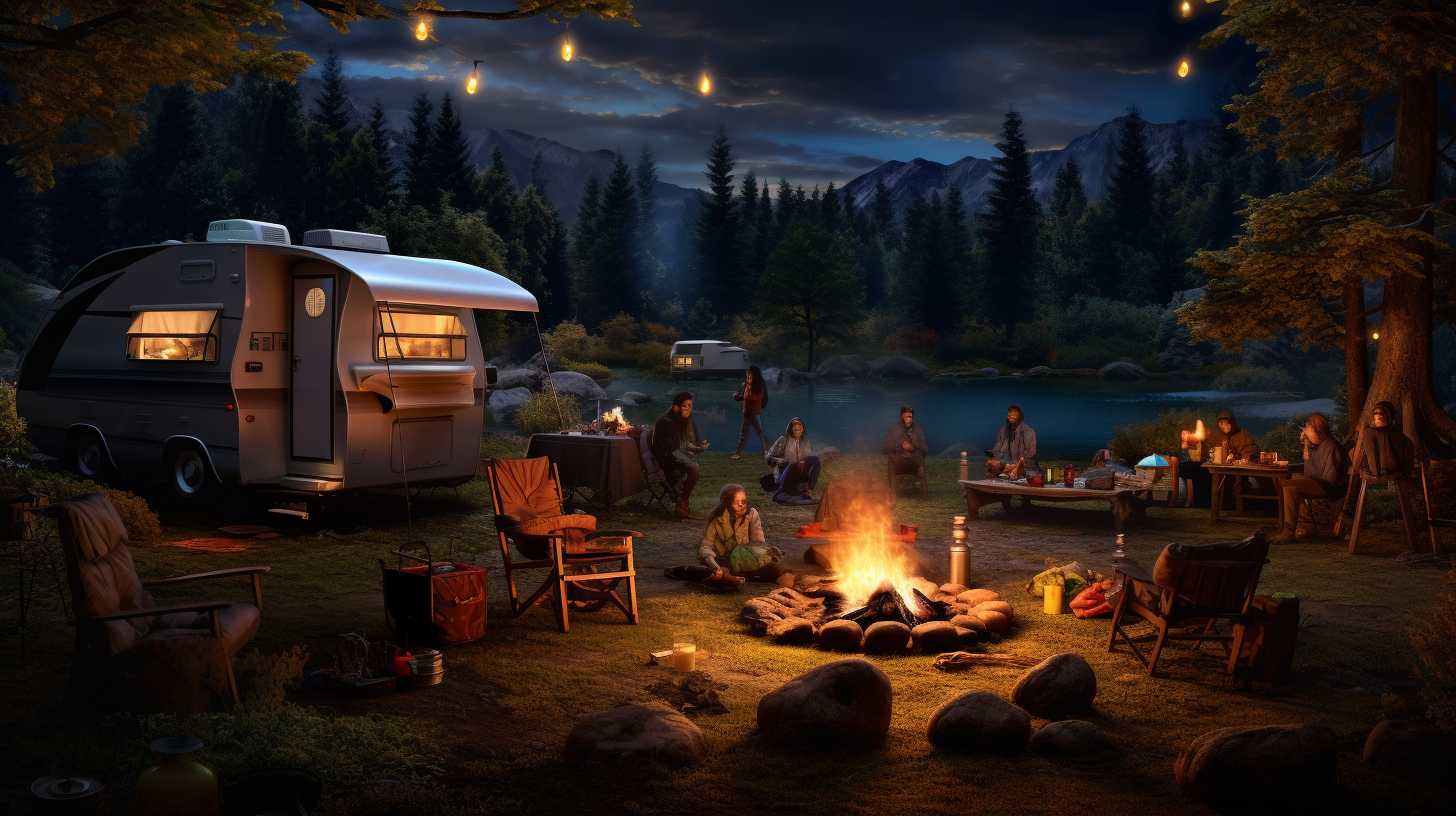
Can You Use a Propane Camping Stove Indoors
Table Of Contents
- Key Takeaways
- Safety Considerations for Indoor Propane Stove Use
- Potential Risks of Using a Propane Camping Stove Indoors
- Ventilation Requirements for Indoor Propane Stove Usage
- Alternatives to Using a Propane Camping Stove Indoors
- Conclusion: Is It Safe to Use a Propane Camping Stove Indoors?
- Conclusion

Do you love camping and want to bring the convenience of cooking inside your home? Before you fire up that propane camping stove indoors, there are important safety considerations you need to know.
In this article, we will explore the potential risks of using a propane camping stove indoors and the ventilation requirements you must meet. We will also discuss alternatives to using a propane camping stove indoors.
Stay informed and make the right choices for your safety.
Key Takeaways
- Carbon monoxide poisoning is a major concern with propane stoves.
- Propane camping stoves pose risks of carbon monoxide poisoning and fire hazards.
- Adequate ventilation is essential for indoor propane stove safety.
- Portable electric stoves and butane camping stoves are safer alternatives for indoor cooking.
Safety Considerations for Indoor Propane Stove Use
When considering using an indoor propane stove, it’s important to prioritize your safety and follow proper precautions. Safety is paramount when using any type of stove indoors, especially one that uses propane.
One major concern is carbon monoxide poisoning. Propane stoves produce carbon monoxide gas, which can be deadly if inhaled in high concentrations. To prevent this, make sure the area where you’re using the stove is well-ventilated. Open windows and doors to allow fresh air to circulate.
Additionally, be mindful of fire hazards. Propane stoves can easily ignite flammable materials, so keep them away from curtains, paper, or any other combustible items. Always have a fire extinguisher nearby and never leave the stove unattended.
Potential Risks of Using a Propane Camping Stove Indoors
Using a propane camping stove indoors poses potential risks that you need to be aware of. These risks mainly involve the dangers of carbon monoxide poisoning and fire safety. Carbon monoxide is a colorless and odorless gas that can be released when propane is burned. Breathing in high levels of carbon monoxide can lead to serious health problems and even death. To understand the risks better, let’s take a look at the table below:
| Risks of Carbon Monoxide | Fire Safety |
|---|---|
| - Poisoning | - Burns |
| - Headaches | - Explosions |
| - Dizziness | - Fire |
| - Nausea | - Smoke |
| - Fatigue | - Property damage |
To minimize these risks, it is crucial to use propane camping stoves outdoors in well-ventilated areas. Ensure that the stove is placed on a stable, non-flammable surface and keep flammable materials away. It is also essential to have a working smoke detector and a fire extinguisher nearby. By being cautious and following safety guidelines, you can prevent accidents and enjoy your camping experience safely.
Ventilation Requirements for Indoor Propane Stove Usage

Ensure proper ventilation when using an indoor propane stove. Adequate ventilation is essential for indoor propane stove safety. Here are three important factors to consider regarding proper ventilation:
-
Fresh Air Intake: Make sure there’s a constant supply of fresh air to replace the oxygen used up by the propane stove. This can be achieved by opening windows or using exhaust fans to circulate the air.
-
Ventilation System: If you frequently use an indoor propane stove, consider installing a ventilation system designed specifically for this purpose. These systems help remove harmful gases, such as carbon monoxide, from the indoor environment.
-
Monitoring: Regularly monitor the air quality in the area where the stove is being used. Keep an eye out for any signs of poor ventilation, such as a strong propane odor or excessive condensation on windows.
Alternatives to Using a Propane Camping Stove Indoors
Consider other options for cooking indoors instead of using a propane camping stove. There are several alternatives that can provide a safe and convenient cooking experience. Two popular options are portable electric stoves and butane camping stoves.
Portable electric stoves are a great choice for indoor cooking. They are compact, easy to use, and do not require any open flames. These stoves can be plugged into any standard electrical outlet and provide consistent heat for cooking. They are also versatile and can be used for a variety of cooking methods such as boiling, frying, and simmering.
Another option is butane camping stoves. These stoves are designed for outdoor use but can also be used indoors with proper ventilation. They use small butane canisters as fuel and offer a powerful flame for cooking. However, it is important to ensure proper ventilation when using a butane stove indoors to prevent the buildup of harmful gases.
In summary, when cooking indoors, consider using portable electric stoves or butane camping stoves as safe alternatives to propane camping stoves.
| Alternatives | Pros | Cons |
|---|---|---|
| Portable Electric Stoves | Compact, easy to use, no open flames | Requires access to electrical outlet |
| Butane Camping Stoves | Powerful flame, portable | Requires proper ventilation when used indoors |
Conclusion: Is It Safe to Use a Propane Camping Stove Indoors?

To determine the safety of using a propane camping stove indoors, it’s crucial to assess the potential risks and precautions involved. Here are the key points to consider:
-
Indoor Propane Stove Regulations: It’s important to check local regulations regarding the use of propane stoves indoors. Some areas may prohibit their use due to the potential risks of carbon monoxide poisoning and fire hazards.
-
Benefits of Using a Propane Camping Stove Outdoors: Using a propane camping stove outdoors eliminates the risks associated with indoor use. It allows for proper ventilation, reducing the chances of carbon monoxide buildup. Additionally, outdoor use minimizes the risk of fire accidents, as open flames and hot surfaces are less likely to come into contact with flammable materials.
-
Safety Precautions: If indoor use is necessary, it’s essential to take safety precautions such as ensuring proper ventilation, keeping a fire extinguisher nearby, and never leaving the stove unattended.
Conclusion
Using a propane camping stove indoors can be extremely dangerous and should be avoided at all costs.
One interesting statistic to consider is that according to the National Fire Protection Association, between 2014 and 2018, an average of 2,900 home fires per year were caused by cooking equipment, including camp stoves.
These fires resulted in an annual average of 20 deaths and 170 injuries.
It’s crucial to prioritize safety and utilize alternative cooking methods when indoors.
Disclaimer: Some information is provided through AI. Users should always conduct their own research and consult with qualified professionals before making any decisions.Affiliate information declaration: We may earn revenue from the products referred on this page and participate in affiliate programs.


